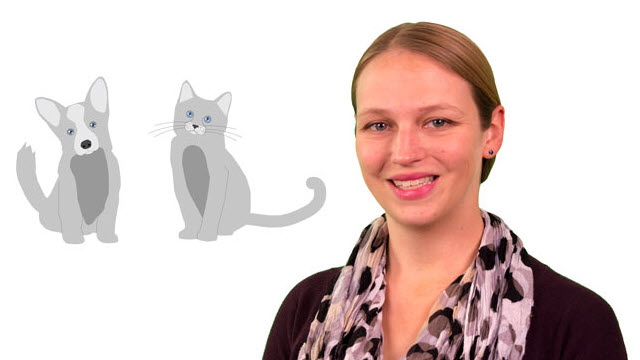What Is Deep Learning? | Introduction to Deep Learning
From the series: Introduction to Deep Learning
Explore deep learning fundamentals in this MATLAB® Tech Talk. You’ll learn why deep learning has become so popular, and walk through 3 concepts: what deep learning is, how it is used in the real world, and how you can get started.
Deep learning is a machine learning technique that learns features and tasks directly from data. This data can include images, text, or sound. The video uses an example image recognition problem to illustrate how deep learning algorithms learn to classify input images into appropriate categories. Lastly, the video explores the three reasons why deep learning has surged in popularity over the last five years.
Learn more about using MATLAB for deep learning.
Recorded: 24 Mar 2017
Deep learning is getting lots of attention lately and for good reason. It's making a big impact in areas such as computer vision and natural language processing. In this video series, we'll help you understand why it has become so popular and address three key concepts. What is deep learning? How is it used in the real world? And how you can get started?
So what is deep learning? Deep learning is a machine learning technique that learns features and tasks directly from data. Data can be images, text, or sound. In this video, I'll be using images, but these concepts can be used for other types of data too. Deep learning is often referred to as end-to-end learning.
So let's take a look at an example. Say I have a set of images, and I want to recognize which category of objects each image belongs to: cars, trucks, or boats. I started with a labeled set of images or training data. The labels correspond to the desired outputs of the task.
The deep learning algorithm needs these labels, as they tell the algorithm about the specific features and objects in the image. The deep learning algorithm then learns how to classify input images into the desired categories. We use the term end-to-end learning because the task is learned directly from data.
Another example is a robot learning how to control the movement of its arm to pick up a specific object. In this case, the task being learned is how to pick up an object, given an input image. Many of these techniques used in deep learning today have been around for decades. For example, deep learning has been used to recognize handwritten postal codes in the mail service since the 1990s.
The use of deep learning has surged over the last five years, primarily due to three factors. First, deep learning methods are now more accurate than people at classifying images. Second, GPUs enable us to now train deep networks in less time. And finally, large amounts of labeled data required for deep learning has become accessible over the last few years.
Most deep learning methods used neural network architectures. This is why you often hear deep learning models referred to as deep neural networks. One popular type of deep neural network is known as a convolutional neural network, or CNN. A CNN is especially well suited for working with image data.
The term deep usually refers to the number of hidden layers in the neural network. While traditional neural networks only contain two or three hidden layers, some of the recent deep networks have as many as 150 layers.
So now that you understand these key deep learning concepts, here are a few examples that you can try with MATLAB: recognizing or classifying objects into categories, as seen here where a deep network classifies objects on my desk; detecting or locating objects of interest in an image, like in this example where we use deep learning to detect a stop sign in an image.
I hope you found this overview helpful. To find out more, you can visit our website at mathworks.com/deep-learning.






